
Get news, updates, & event Info delivered right to your inbox:
What Happens After Forest Fires?
Do you ever wonder what happens after forest fires? Fire ecology is a branch of science that seeks to answer that question. Fire ecologists study the origins of fires, what influences their spread and intensity, their relationship with the ecosystems they affect, how controlled fires can be used to maintain ecosystem health, and what happens in nature after fires have occurred. They also understand that fire is a natural—and essential—occurrence in some ecosystems.
The Principles of Fire Ecology
There are three main principles of Fire Ecology. Together, they help us understand the role of fire in our natural landscapes.
- Fire Dependance: Specific plant species rely on fire to make the environment more hospitable for their regeneration and growth cycles. For example, a low severity fire can increase the availability of nutrients that native plant species need to thrive.
- Fire History: This principle considers how frequently fires have occurred in the past in a geographical area. By understanding an area's fire history, scientists can better understand the role it has played over time.
- Fire Regime: In fire-adapted ecosystems, a fire regime is "the frequency at which fires in a given forest type typically burn, the season(s) in which they burn, and the amount of vegetation killed." Many factors, including humidity, fuel load, topography, wind, and ignition sources determine an area's unique fire regime.
HOW NATURE ADAPTS TO LOW SEVERITY FOREST FIRES
In fire-adapted ecosystems, fire has historically played an integral role in shaping and maintaining the landscape. As a result, many native plant and animal species have developed unique strategies to withstand blazes. Here are a few examples of how plants and fungi have adapted to fire:
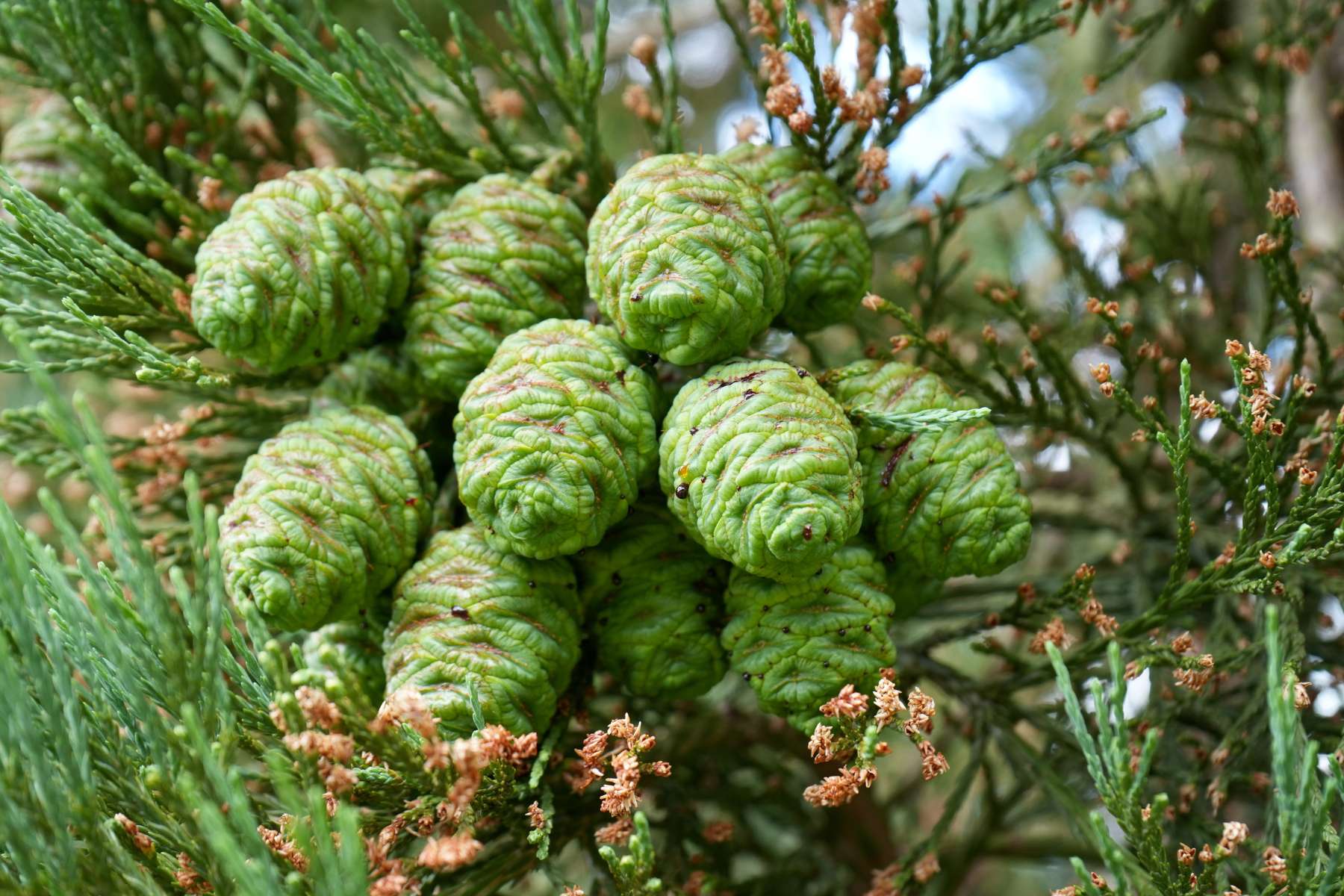
Fire-Activated Seed
Some species require fire to reproduce, including California’s giant sequoias: their serotinous cones are glued tightly shut with pine resin, and require concentrated heat to release the mature seeds inside. Other species, like shrubs and annual plants, are triggered by the chemical signals in smoke.
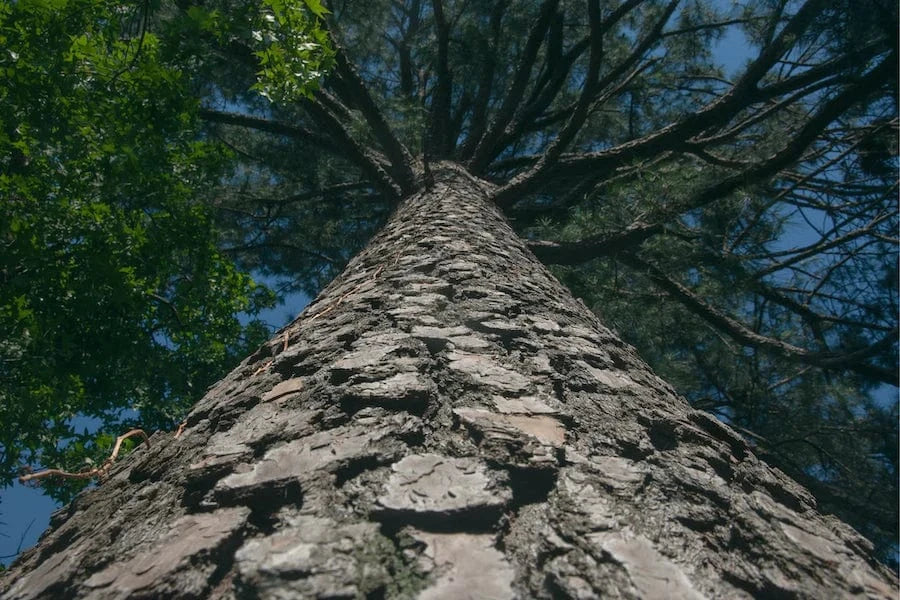
Thermal Insulation
Some species, such as the Australian grass tree, retain dense, dead leaves around their stems to insulate against the heat of a fire. Others, including giant sequoias, have thick, fire retardant bark that can be burned without damaging their vital tissues. Others have moist tissues that provide thermal insulation and protect against dehydration.
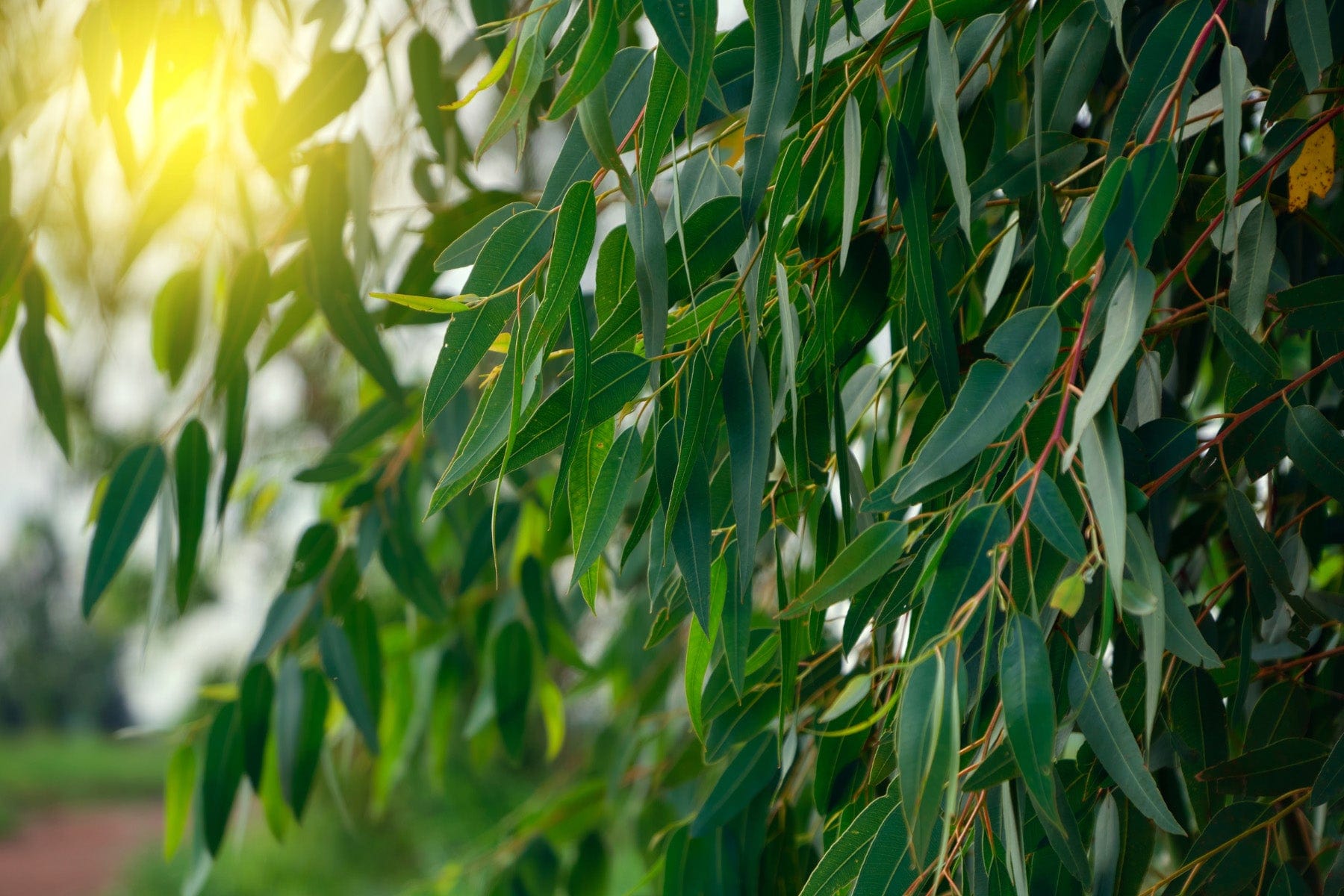
Resprouting
Many species (including several Eucalyptus) will re-sprout if they sustain damage during a fire. In many cases, they have specialized buds that are encased in bark. When the bark burns, the buds emerge, producing new leaves and branches. Some shrubs and many herbaceous plants rely on underground structures that allow them to come back, even if the above-ground structure has been destroyed.
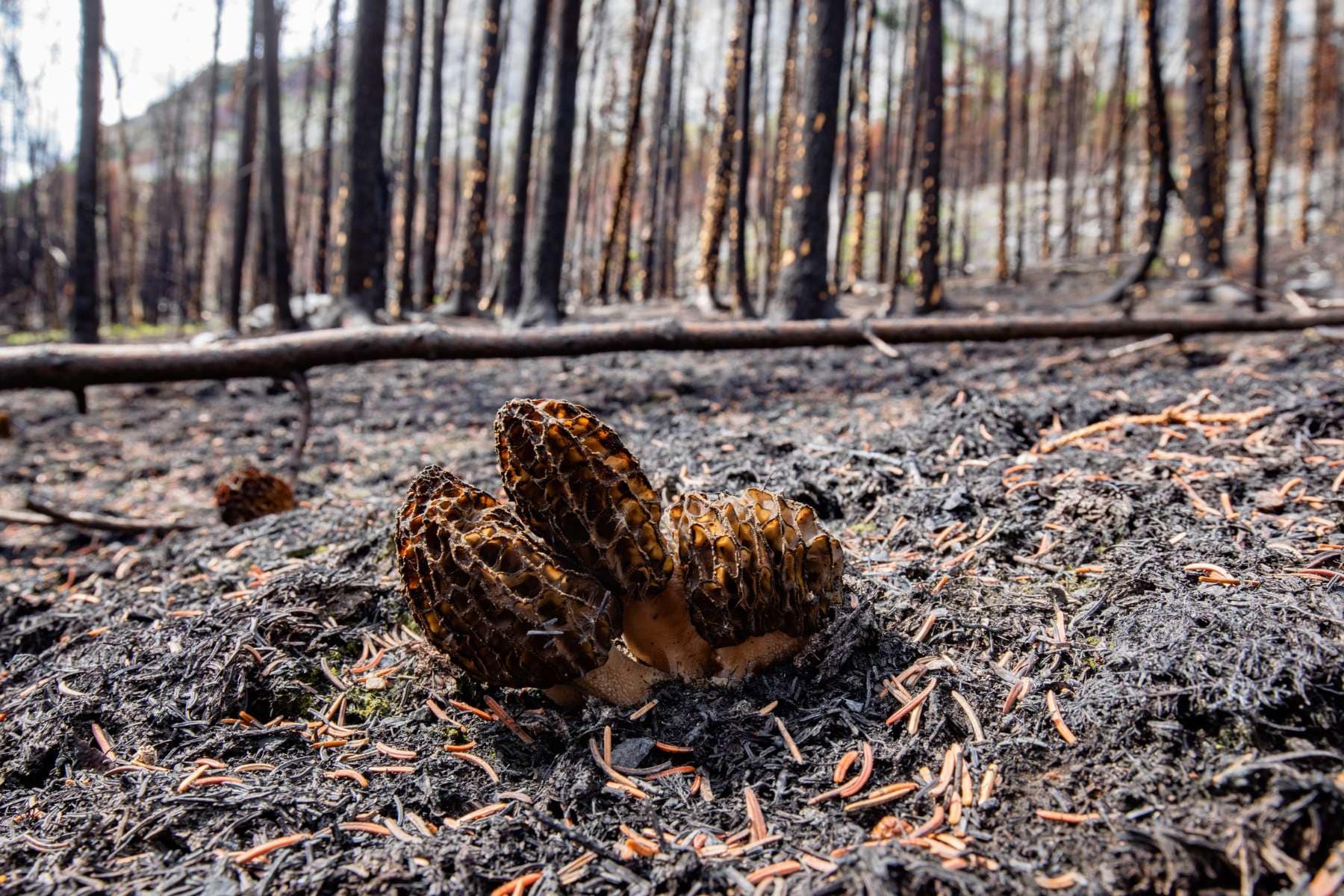
Fungi Blooms
Fungi can also benefit from forest fires — and the experienced mushroom hunter knows that recent burn sites are among the best places to find morels and boletes.
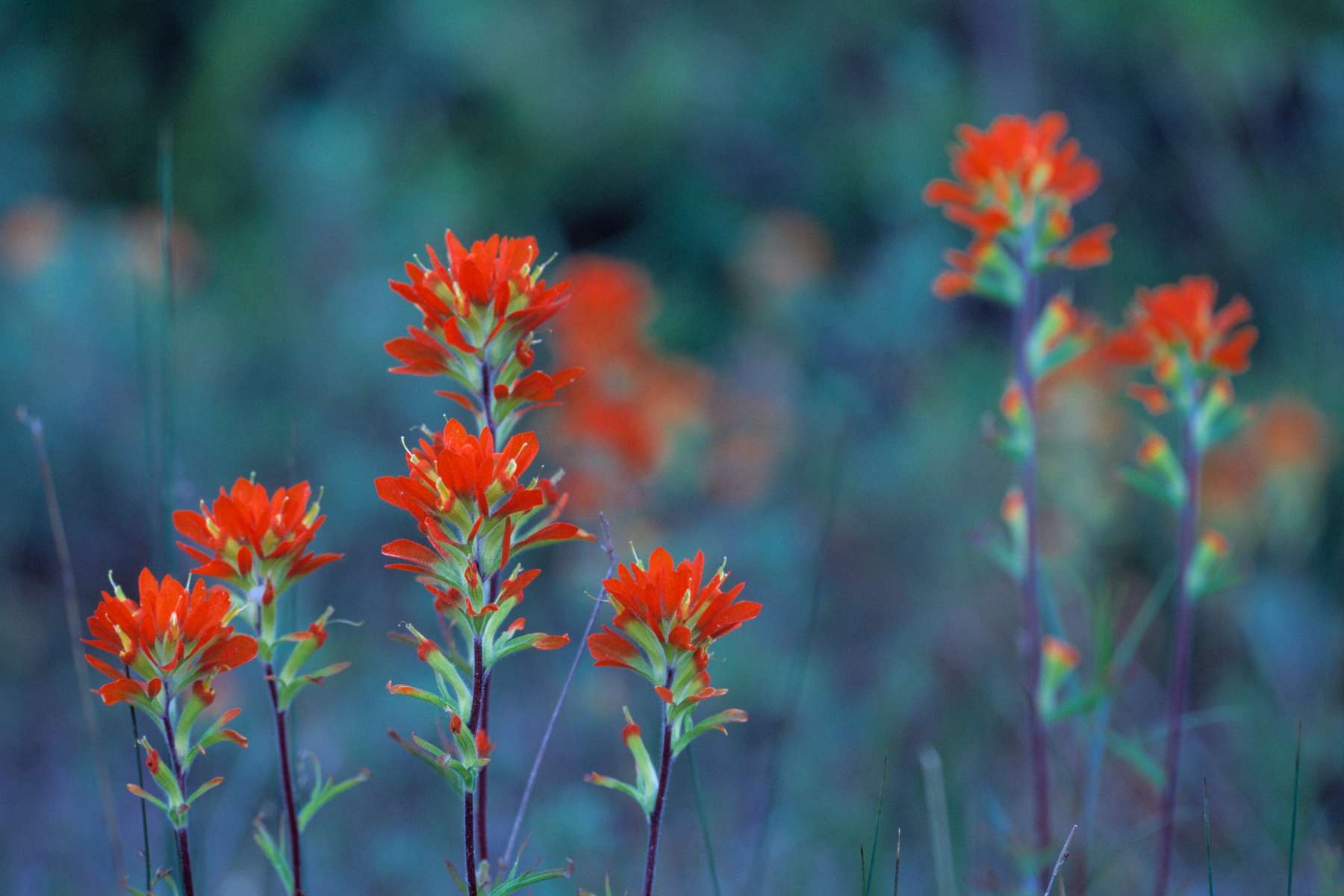
Fire-Activated Flowers
Fire can change the composition of the soil itself, making nitrogen and other nutrients more available to seeds contained in the soil seed bank (the natural storage of seeds in or on the soil of many ecosystems). Species like Fire Lily and Indian paintbrush are just a few examples of fire-activated wildflowers.
Over millennia, many species have developed adaptations to fire where it occurs naturally. The majority of the fires they were exposed to were of low to moderate severity.
Today, the length of fire seasons, the frequency of fires, and the amount of burned area, are trending upward. When severe fires occur, the scale of loss may mean that naturally adapted regeneration strategies will not occur. When this is the case, reforestation can help.
Want to help us restore forests that have been destroyed by wildfires? Learn more about what we're doing to help and support our Wildfire Fund today!
Get news, updates, & event Info delivered right to your inbox:
Related Posts
Why Trees Are Great Holiday Gifts
04/12/2025 by Meaghan Weeden
Real vs. Fake Christmas Trees: Which is Better For the Environment?
20/11/2025 by Meaghan Weeden
8 Reasons to be Grateful for Trees This Thanksgiving
18/11/2025 by Meaghan Weeden
Popular On One Tree Planted
What Causes Deforestation?
10/07/2025 by Meaghan Weeden
8 Amazing Bamboo Facts
14/01/2025 by Meaghan Weeden
Inspirational Quotes About Trees
09/01/2025 by Meaghan Weeden
Fundraising Disclosures

Be Part of the
Restoration Movement
The Grove is more than just a monthly giving program: it's a vibrant community of individuals who are dedicated to reforestation and environmental restoration on a global scale.
As a member of The Grove, you affirm your commitment to restoring forests, nurturing biodiversity, and fostering positive global change.





